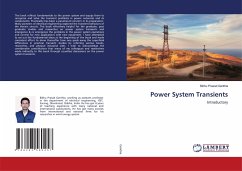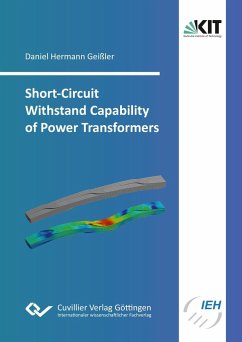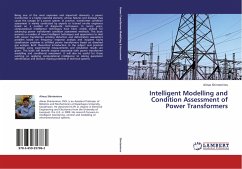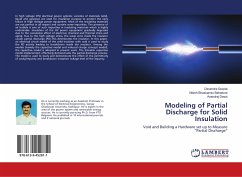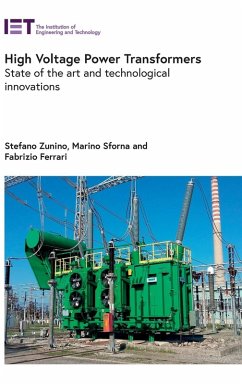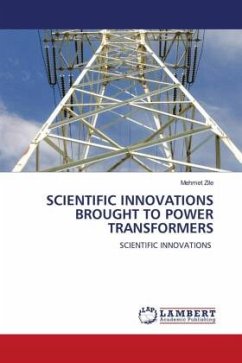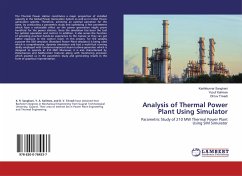
Thermal Modelling of Power Transformers Using Computational Fluid Dynamics

PAYBACK Punkte
0 °P sammeln!
Power transformers have become vital equipment in providing sustainable power networks and minimizing thermal stress is essential for enhancing their lifespan and reliability. This thesis uses Computational Fluid Dynamics (CFD) to analyze the thermal behavior of power transformers. It examines the effects of non-uniform heat loss distributions and analyses both steady-state and transient thermal behavior in natural and forced cooling modes. It is vital to calculate the hot spot factor under various conditions, especially during transient cooling condition. This research addresses how different...
Power transformers have become vital equipment in providing sustainable power networks and minimizing thermal stress is essential for enhancing their lifespan and reliability. This thesis uses Computational Fluid Dynamics (CFD) to analyze the thermal behavior of power transformers. It examines the effects of non-uniform heat loss distributions and analyses both steady-state and transient thermal behavior in natural and forced cooling modes. It is vital to calculate the hot spot factor under various conditions, especially during transient cooling condition. This research addresses how different parameters impact the hot spot factor and temperature distribution at different operating condition, using measurements and CFD simulations to identify the optimal cooling designs.





